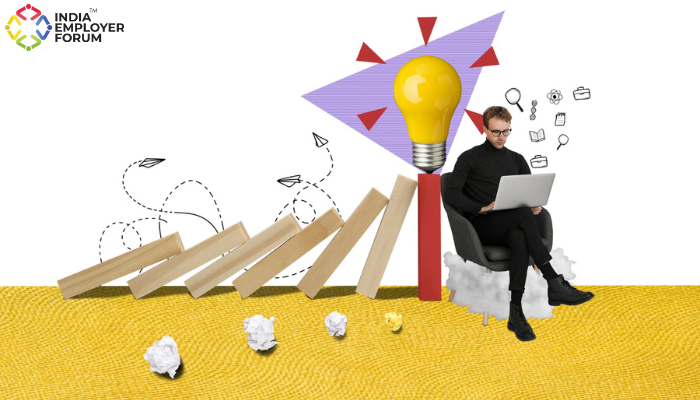Is it not essential to understand the people who work for your organisation and their needs? When leaders do so, they can see things from the employees’ perspective. This is known as empathetic leadership. Through empathetic leadership, leaders can build a space where employees feel valued, understood and heard. This leads to employees being productive and engaged in their jobs, making them committed employees of your company.
A recent study at Dell Technologies showed that a work culture with empathy at its core helps organisations succeed in today’s ‘remote work’ economy. Leaders must find a way to put employees on centre stage and give them all the technology they need to be more innovative and committed. Empathetic leadership is one way to do this.
Jennifer Saavedra, the Chief Human Resources Officer at Dell Technologies, leads the organisation’s Global Human Resources and Facilities with the help of a dynamic lens that focuses on culture and people. With a PhD from Tulane University in Industrial and Organisational Behaviour, Jennifer is experienced in serving on several executive boards at Dell Technologies. She is also an executive sponsor and fully supports the Black Networking Alliance. Jennifer’s work has helped us understand human behaviour and its psychological roots, allowing companies and individuals to be their best. In the last two years, Jennifer’s work has been redefined, given the unprecedented changes in the work climate around the world.
You might also be interested to read: Leadership Skills To Succeed Post-Pandemic
She feels Dell Technologies’s focus as a company is for the work to have an outcome rather than it being done at a specific place and time. All employees give importance to flexibility and freedom, and an organisation should focus more on each employee making an impact. Jennifer states that “not every individual has the same way they work or the same needs. And we have a history of doing this. At Dell, we’ve been doing this for over ten years.”
Flexibility: an absolute key
Since the last two years, everyone has been eager to find out what the “new normal” will be. Jennifer says that after two whole years of the pandemic, Dell polled its team members to understand the impact of the organisation’s hybrid work practice. A whopping 86% of team members felt Dell is carving the way in hybrid work culture. The current culture allows companies to be more inclusive. It is an equaliser and has also helped us learn how to be inclusive and how more people can access work opportunities and flexibility. Today, the partnership of business needs, human resources, facilities, team members, and IT gives a lot of promise and hope to the organisation and the employees. In short, business today also needs empathetic leadership.
Data matters
Data never lies, and data always matters. The data from the poll revealed that a goal like success is shared by everyone involved. Employees want their organisation to support them and be there for them in this race for success. The future of work may still take more time to form and develop. What needs to be understood is that agility is critical. While new possibilities and ideas for work will keep developing, they must be considered carefully at every step. A surprising 91% of the team members at Dell reported that they are willing to adapt to others’ work preferences, whether communication means, time zones or anything else that is required.
As all companies are working on strategy building, they must focus on business needs. How should the work get done? Can personal choice be considered when working? Roles also need assessing as some roles can be done in a specific location while others need co-located. Once these questions are answered, team members can be given the support they need by understanding what would work best for them. This understanding can be achieved through empathetic leadership, making the workplace a productive body.
Reference: Why Empathy is the New Brand of Leadership|Talent Culture|Meghan M. Biro|July 22, 2022
You might also be interested to read: Different Types of Leadership Style at Work




